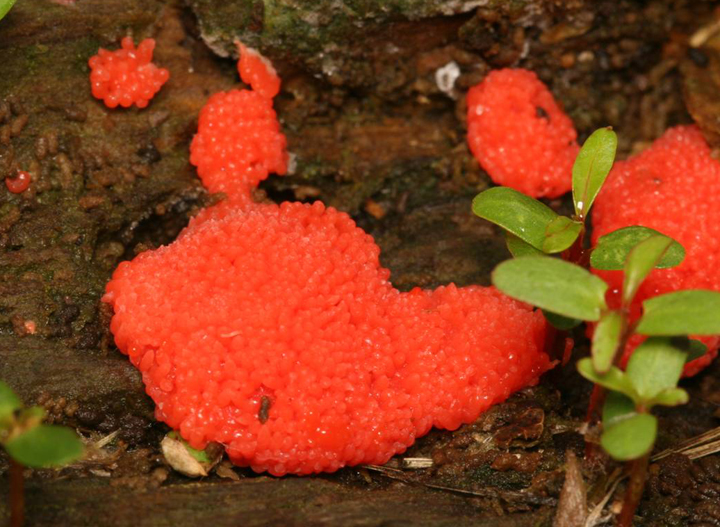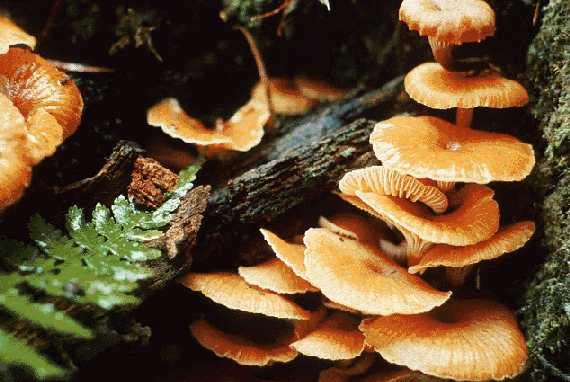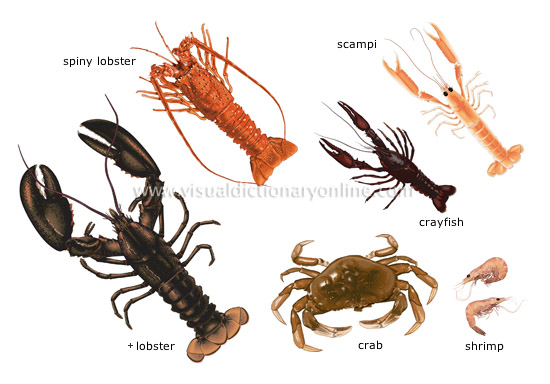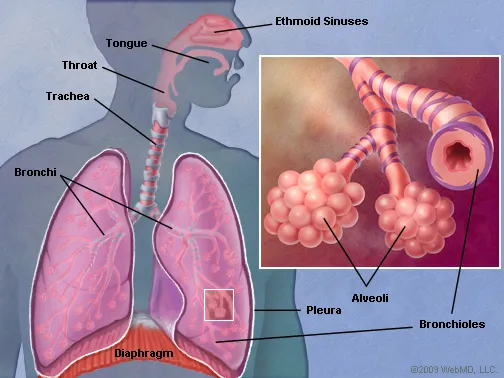The first vodcast was on classification and evolutionary relationships. We learned about
, which is naming an organism.
names come from Greek or Latin, and they are two parts, stating the genus and species. The name would be underlined or italicized, and the genus would be the first name and it would be capitalized. The naming would look like
.
Phylogeny shows speciation and common ancestors. A cool way for remembering all the
taxonomic levels (Kingdom, Phylum, Class, Order, Family, Genus, Species) is the sentence "kings play chess on fined grained sand." The first letter stands for each taxonomic level in order.
The second vodcast was on kingdoms and domains.
In the late 1700s, Woese discovered "bacteria" that produced methane and lived at extreme temperatures, which turned out to be
archae bacteria. Archae bacteria lives near very hot things with extreme temperatures, like hot springs and the digestive tract.
Bacteria
Antinomycetes produce antibiotics. Symbiotic bacteria live in the guts and help with digestion, and they are also in the roots of some plants to help fix nitrogen.
There are four kingdoms of eukarya. Protista are very diverse. Examples: red algae, slimes molds, dinoflagellates, and amoeba.
 www.ojibway.ca
Fungi
www.ojibway.ca
Fungi are decomposers, heterotrophic, and found in all habitat on Earth.
Plantae and
animalia are exactly what they sound like.
The third vodcast was on bacteria and viruses. Bacterial cell walls contain
peptidoglycan, a network of sugar polymers cross-linked by polypeptides.
Gram-positive bacteria have simple walls with large amounts of polypeptide, while
gram-negative bacteria have less peptidoglycan and an outer membrane that can be toxic.
Flagella help propel bacteria.
Chemoheterotophs take in organic molecules.
Obligate aerobes need air/oxygen (aer) to live, while
obligate anarobes can't have oxygen.
Facultative anaerobes could go either way, depending on their environment.
In a
lytic infection, the virus enters a cell, makes copies of itself, and causes the cell to burst.
Lysogenic infection, on the other hand, has the virus integrate its DNA into the DNA of the host cell, and then viral genetic info replicates along with the host cell's DNA.
Retroviruses use
reverse transcripts to copy their RNA genome into DNA.
In the fourth vodcast, we learned about fungi. Fungal cell walls are made of
chitin, and they absorb food through
hyphae, which are long stands of fungi. Mycellium are underground hyphae. A
fruiting body is a reproductive structure that grows above ground, and a
spore, like a gamete, has a haploid single cell, and, unlike a gamete, can develop into a multicellular organism by itself, no fusing required.
Sac fungi form a reproductive sac, or ascus. Yeasts are single celled sac fungi. Morels and truffles are multicellular sac fungi.
Lichens can form between algae and fungi, while mycorrhizae can form between fungi and plants

http://www.ucmp.berkeley.edu/fungi/fungi.html
In the fifth vodcast, we learned more about plants. The first true plants probably grew at the edge of water and evolved through natural selection.
Cuticles are waxy protective layers. A plant's vascular system allows resources to move to different parts of the plant. The
xylem transports water, and
phloem transports sugars.
Major Plant Phyla
Bryophyta (mosses) are the most common. They are seedless and nonvascular.
Pterophyta (ferns) are seedless vascular plants. Its leaves allow for more photosynthesis.
Gymnosperms (cone bearing plants)- their major phyla are cycads, ginkgoes, and conifers.
Angiosperms have seeds enclosed in fruit, and are flowering plants. The flower is the reproductive structure, and the fruit is the mature ovary of a flower.
Angiosperms have two main groups:
Monocots are single leafed, leaf veins are parallel, flower parts are in multiples of three, and bundles of vascular tissue are scattered in stem.
Dicots have two seed leaves, flowers are in multiples of four or five, and have bundles of vascular tissues in rings in the stem.
The sixth and seventh vodcasts were about invertabrates.
Phylum cnidaria are the oldest existing animal groups with specialized tissues. They have two body forms: -polyps and -medusas. The classes are scyphozoans (jellyfish), anthozoans (coral), cubozoans (box jelly), and hudrozoans (hydra). Flatworms, mollusk, and annelids belong to closely related phyla.
Flatworms are bilateral, have a solid body, an incomplete or absent gut, and many of them are parasitic. Classes include planarians, flukes, and tapeworms.
 1fotonin.com
1fotonin.com
Phylum molluska are very diverse. They have a complete digestive tract and share at least one of the following: radula (feeding), mantle (epidermis), and/or otenidia (respiratory organ). Most are classified into three (of seven) catagories: gastropods (snails and slugs), bivalves (clams and oysters), or cephalopods (octopi and squids).
Phylum annelidia have segmented bodies. They have a
coclum, which is a fluid-filled space completely surrounded by muscle. There are three groups of annelids: earthworms, marine worms, and leeches.
Anthropods have highly adapted features, and they are the most diverse of all animals. They have an exoskeleton made of chitin, joined appendages, and segmented body parts. Anthropods are classified into five groups:
trilobites (extinct, bottom feeders),
crustaceans (live oceans, freshwater streams, and on land),
chelicerates (specialized dagger-like mouthparts. ex: scorpions),
insects, and
myriapods (long bodies and many pairs of legs. ex: millipedes). Anthropods have an open circulatory system, sensory organs like antennae made of modified cuticle. Most have compound eyes. They have body segmentation similar to annelids. Molecular evidence says segmentation is analogous development.
Insects are dominant terrestrial anthropods in nearly every ecological niche. They have three pairs of legs, one antennae, a head, thorax, and an abdomen. They reproduce through metamorphosis (larva, nymph, adult).
Crustaceans evolved as marine anthropods. They have cepholathorax, abdomen, one pair of appendages per segment, two pairs of antennae, an exoskeleton, and a carapace. They split up into three groups:
decapods (10 legs ex; lobsters and crabs),
barnacles (sessile filter feeders wrapped in a hard shell), and
isopods (flattened bodies and seven pairs of legs ex: pillbugs).
Echinoderms have radial symmetry have an internal skeleton made of interlocking ossicles (calcite honeycomb). They also have a water vascular system, which is a series of waterfilled ring canals around a central disk. Canals store water used for circulation and movement, and changes in water pressure extend and retract tube feet.
Crustaceans have a complete digestive tract. Some can regenerate limbs, and most reproduce sexually. The five classes of crustaceans are: feather stars and sea lilies, sea cucumbers, sea stars, brittle stars and basket stars, and sea urchins, biscuits, and sand dollars.

The eighth and ninth vodcast were on chordates. The phylum
chordata contains all vertebrates and some invertebrates. Their exoskeleton allows vertebrates to grow to large sizes. An
exoskeleton is internal and made of bone or cartilage.
Amniotes develop inside a thin, tough, membraneous sac as an embryo or fetus. Chordates share four features at some point in development: notochord ("backbone"), hollow nerve chord, pharyngeal slits, and a tail. Most chordates lose some of all of these characteristics in adulthood.
The classes of vertebrates are:
agnatha (jawless fish),
condricthyes (cartilaginous fish with jaws),
osteicthyes (bony fish with jaws),
amphibia (four limbs, water/land),
reptillia (reptiles-amniote-egg surrounded by membrane),
aves (birds, presence of feathers, and amniotes), and
mammalia (mammals, presence of hair, and amniotes).
Vertebrates have a segmented backbone. Jaws help an organism become a successful predator. Four limbs help move an organism from water to land. Feathers insulate birds from the cold and help them to fly. Hair also helps insulate body temperature.
In the class agnatha, they were the first recognizable vertebrates. Groups of jawless fish include lampreys and hag fish. Jaws developed from gill arches located around the pharynix. All fish have a lateral line system, which is a sensory system that is sensitive to small changes in water movement.
Condricthyes have skeletons made of cartilage, they move to breathe, and their main groups are rat fish and sharks.
Osteicthyes have a bony skeleton and a swim bladder that helps it float higher or lower.
Lobe-finned fish are paired pectoral and pelvic fins that are round in shape and supported by a single bone.
Amphibians evolved from lobe finned fish, which were the first animals with four limbs. Their adaptions include large shoulder and hip bones, being mobile, muscular tongue, breathing through skin or gills/lungs, laying eggs, and being able to move from water to land. Some amphibians are salamanders, frogs, and toads.
An amniotic egg is almost completely waterproof. All aminotes have two circuits of blood vessels. The
pulmony circuit moves blood from heart to lungs. The
systemic circuit moves from the heart to the rest of the body. Amniotes have three or four chambered hearts, reptiles and amphibians have three, and birds and mammals have four chambered hearts. Amniotes can be
ectothermic or
endothermic. Ectothermic amniotes have body temperature of the surrounding evironment. Endotherms use metabolic heat to keep warm, which enable them to live in a wider range of climates.
Reptiles are ectotherms, covered with dry scales, reproduce with eggs, have cloica, and a three chambered heart. They have two reproductive strategies. One is that oviparous reptiles deposit eggs into an external net. The second is that viviparous reptiles retain eggs and give birth to live offspring. Crocodillians are more closely related to birds than lizards and snakes. They are semi-aquatic and have 23 species. Crocodiles have a U-shaped snout, while alligators have a rounded snout.
Birds evolved from a therapod dinosaurs. Birds, like dinosaurs, have hollowed bones, fused collarbones that form U-shaped wishbone, rearranged muscles in hips and legs, "hands" (lost fourth and fifth fingers), and feathers. Archaeopteryx represents a transition from therapods to birds.
Mammals are active, large-brained endotherms with complex social, feeding, and reproductive behaviors. They have hair to retain heat, mammary glands to produce milk, middle ear with three bones to hear higher pitched sounds, and a chewing jaw.
Monotrems lay eggs.
Marsupials give birth to live young that grow to maturity inside a pouch.
Eutherians give birth to young that have completed fetal development.






